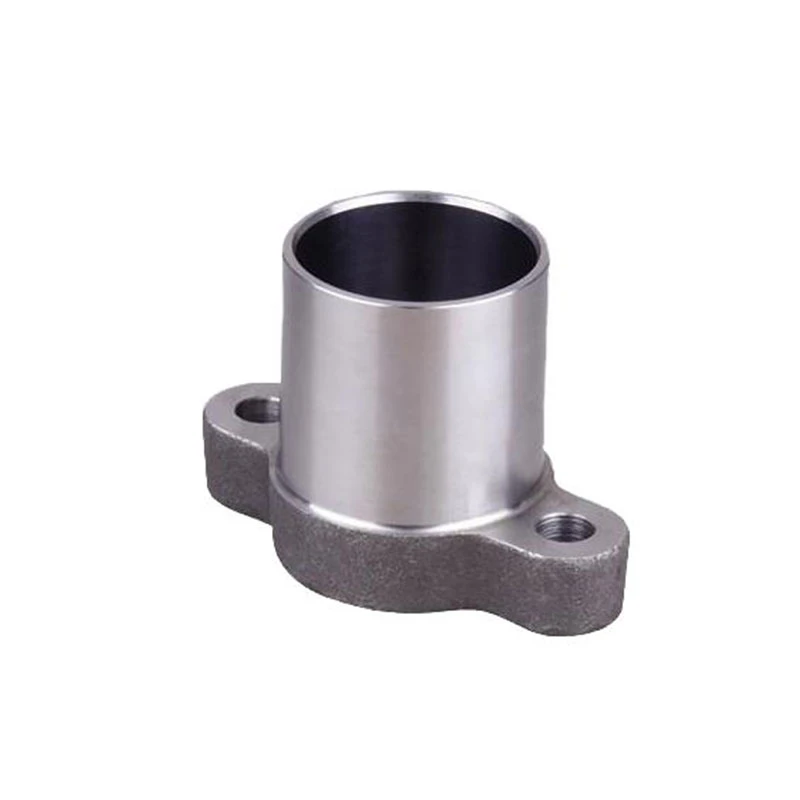Advancements in Ultra-Precision Machining for Modern Manufacturing Applications and Technologies
Ultra Precision Machining The Future of Manufacturing
In the rapidly advancing world of manufacturing, the pursuit of perfection continues to drive innovation. One of the most significant developments in this realm is ultra precision machining (UPM), a process that allows for the creation of components with extraordinary levels of accuracy and surface finish. With tolerances measured in nanometers and surface roughness as low as a few nanometers, UPM is revolutionizing industries that require exceptional precision, including aerospace, medical devices, and electronics.
Understanding Ultra Precision Machining
Ultra precision machining encompasses various techniques such as ultra precision turning, grinding, milling, and even lapping. The defining characteristic of these methods is their ability to achieve extremely tight tolerances and superior surface quality. This is made possible by advanced machinery equipped with sophisticated tools and controls, often utilizing computer numerical control (CNC) technology to ensure exact movements and operations.
One of the key technological advancements in UPM is the use of diamond tools. Diamond, being the hardest known material, allows manufacturers to cut materials such as metals and ceramics with unmatched precision. The incorporation of vibration-dampening systems and advanced sensors ensures that the machining process remains stable, reducing any form of chatter that could compromise precision.
Applications in High-Tech Industries
The applications of ultra precision machining are vast and varied, particularly in high-tech industries where performance and reliability are paramount. In the aerospace sector, for example, components such as turbine blades and engine parts require not only precision but also the ability to withstand extreme temperatures and stress. UPM allows manufacturers to produce these components with precise geometries, improving aerodynamic efficiency and durability.
In the medical field, ultra precision machining plays a crucial role in the production of surgical instruments and implants
. Devices such as orthopedic implants and stents must meet stringent regulatory standards for safety and efficacy. The ability to produce these items with high precision ensures they fit perfectly within the human body, reducing the risk of complications.Electronics is another industry significantly benefiting from UPM. With the continuous miniaturization of components, manufacturers strive to create smaller and more complex parts without sacrificing performance. Ultra precision machining allows for the fabrication of components like microelectromechanical systems (MEMS) and semiconductor devices, enabling advances in technology ranging from smartphones to sophisticated medical imaging equipment.
ultra precision machining

Economic and Environmental Impact
Beyond the technical advantages of ultra precision machining, there are also economic and environmental benefits. By improving the accuracy and quality of machined parts, manufacturers can reduce material waste and increase overall efficiency. Higher precision means less rework and fewer defects, which ultimately leads to reduced production costs and shorter lead times.
Furthermore, as industries increasingly focus on sustainability, UPM offers a pathway to more environmentally friendly manufacturing practices. By utilizing materials more efficiently and reducing waste, companies can align their practices with global sustainability goals, addressing both economic and ethical imperatives.
Challenges and Future Directions
Despite its many advantages, ultra precision machining is not without challenges. The high costs associated with advanced machines and tools, as well as the necessity for skilled operators, can be barriers for small to mid-sized enterprises. Additionally, the breadth of materials that can be effectively machined using UPM techniques is still a developing area.
Looking to the future, ongoing research and development will likely further enhance the capabilities of ultra precision machining. Innovations in materials science, machine learning, and automation hold the potential to expand the applicability of UPM across various sectors, making precision machining more accessible and cost-effective.
Conclusion
Ultra precision machining stands at the forefront of modern manufacturing, embodying the relentless pursuit of perfection. Its ability to provide unparalleled accuracy and surface quality positions it as an essential component in the production of advanced technology and critical components across numerous industries. As technology progresses, the future of UPM promises exciting developments that will continue to transform the landscape of manufacturing and contribute to a more efficient and sustainable world.
-
Pros & Cons of Sand Casting: Products & ApplicationsNewsAug.19,2025
-
Advanced Crawler Drilling Rig for Confined Spaces-Baoding Hairun Machinery And Equipment Trading Co., Ltd.NewsAug.18,2025
-
Crawler Drilling Rig- Baoding Hairun Machinery And Equipment Trading Co., Ltd.|Pneumatic Power,Frame-Supported DesignNewsAug.18,2025
-
Precision OEM Valve Body Castings for Superior PerformanceNewsAug.18,2025
-
Crawler Mounted Drill Rig - Baoding Hairun Machinery | Underground Drilling SolutionsNewsAug.18,2025
-
Crawler Mounted Drill Rig - Baoding Hairun | Pneumatic Safety, Mining EfficiencyNewsAug.17,2025















